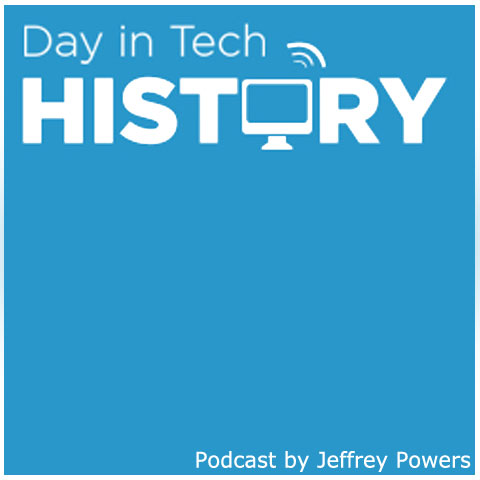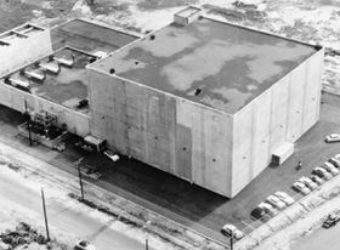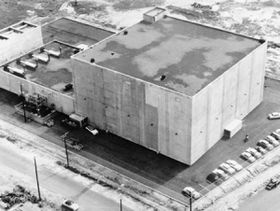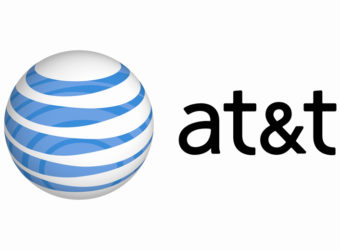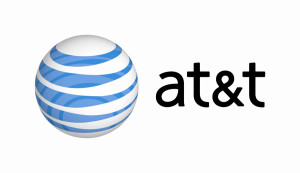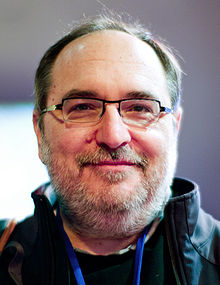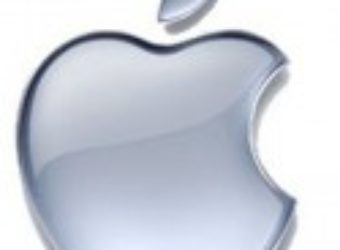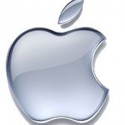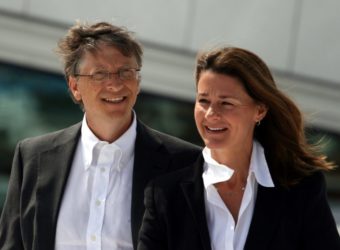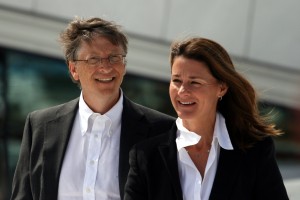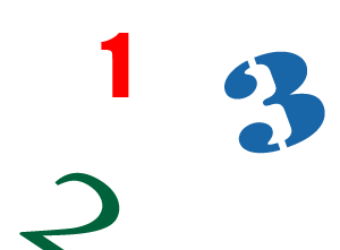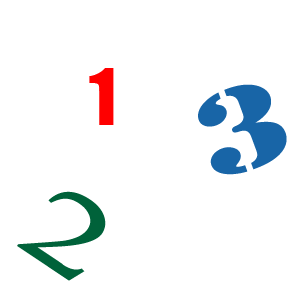January 16, 1956: Semi-Automatic Ground Environment – SAGE Disclosed to Public
Subscribe! Spotify | RSS | More
1956 – The U.S. Semi Automatic Ground Environment (SAGE) was disclosed to the public. SAGE is a computer that connected hundreds of radar stations in the US and Canada as a one-stop monitoring of the sky.
SAGE was commissioned and developed by MIT.
The project started in 1950 and SAGE became fully operational on June 26, 1958 (DC-01). By 1980, many SAGE sites were fully dismantled as other airborne detection systems took its place.
Subscribe to Day In Tech History:
RSS Feed - iTunes - Android - Spotify - iHeartRadio
Facebook -
- RSS Bandwidth by Cachefly Get a 14 Day Trial
- Join me on Patreon and support Day in Tech History
- Burger King De-Friend promotion on Facebook
- Patrick Spence hands the Renegade BBS to Jeff Herrings
- Lotus v. Borland
